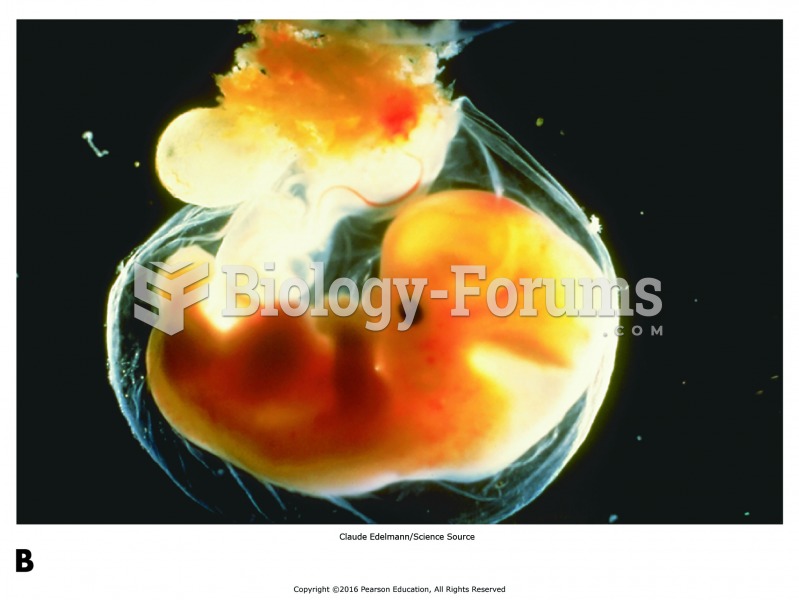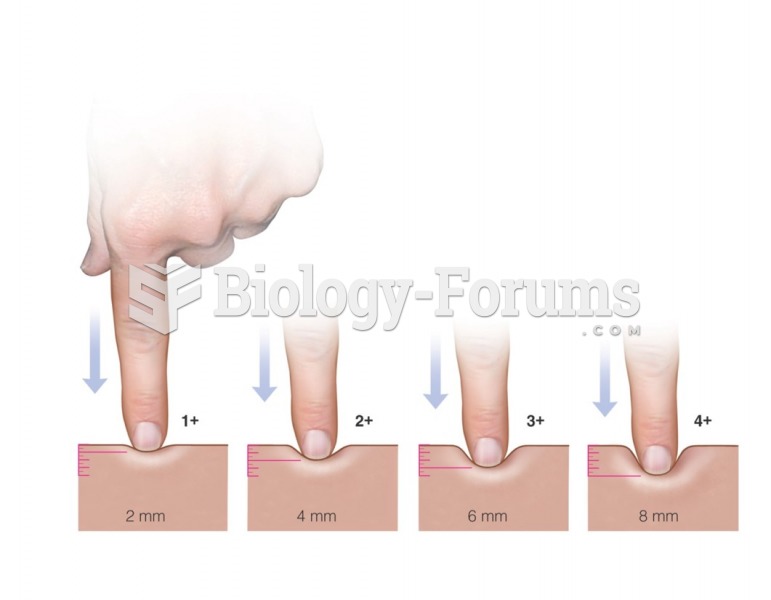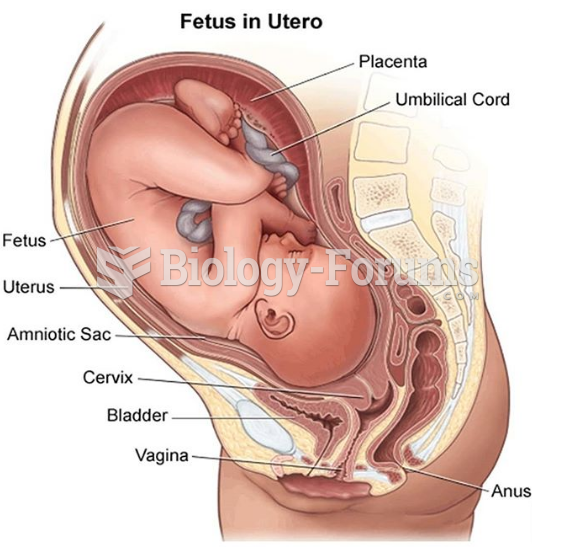|
|
|
More than 4.4billion prescriptions were dispensed within the United States in 2016.
Earwax has antimicrobial properties that reduce the viability of bacteria and fungus in the human ear.
About 100 new prescription or over-the-counter drugs come into the U.S. market every year.
Immunoglobulin injections may give short-term protection against, or reduce severity of certain diseases. They help people who have an inherited problem making their own antibodies, or those who are having certain types of cancer treatments.
When taking monoamine oxidase inhibitors, people should avoid a variety of foods, which include alcoholic beverages, bean curd, broad (fava) bean pods, cheese, fish, ginseng, protein extracts, meat, sauerkraut, shrimp paste, soups, and yeast.







